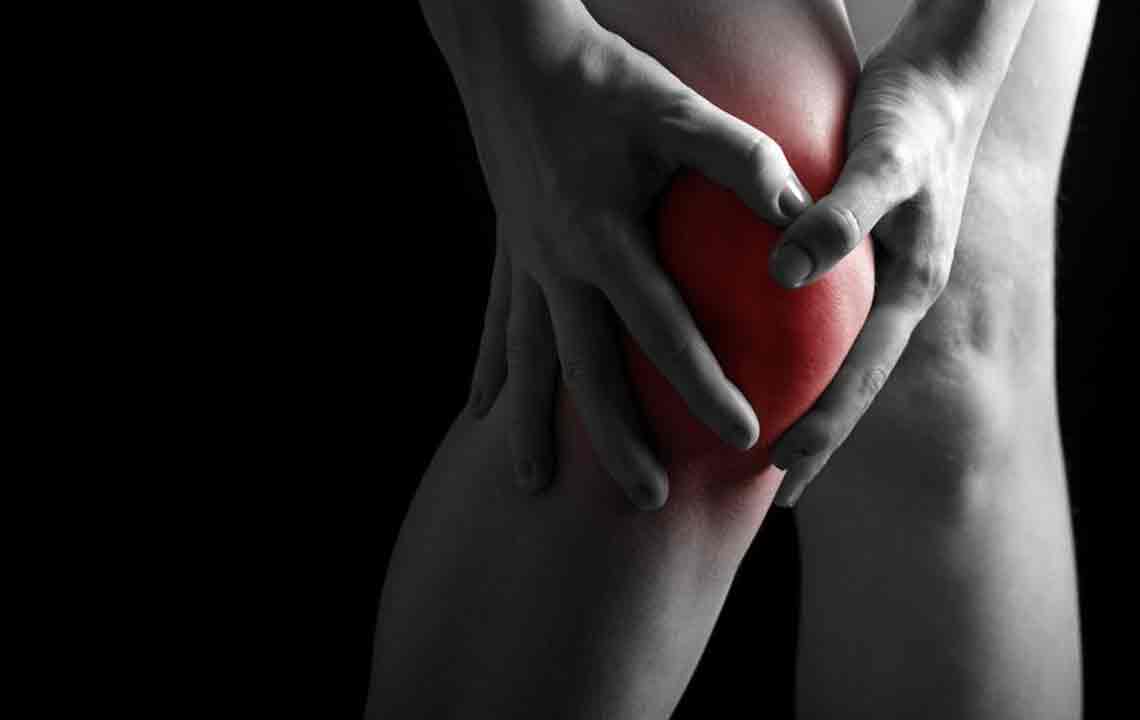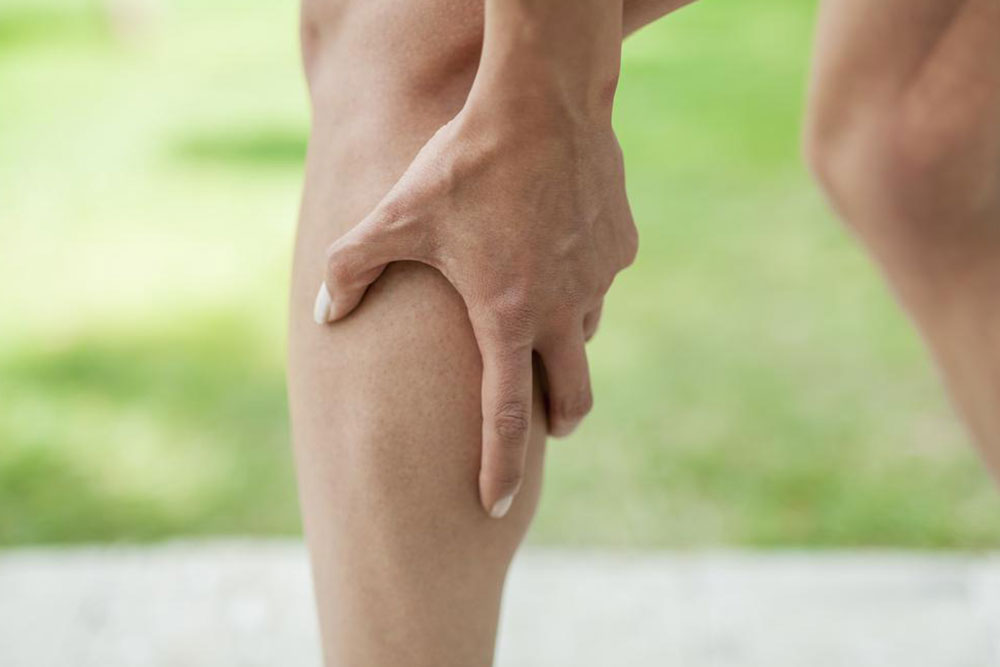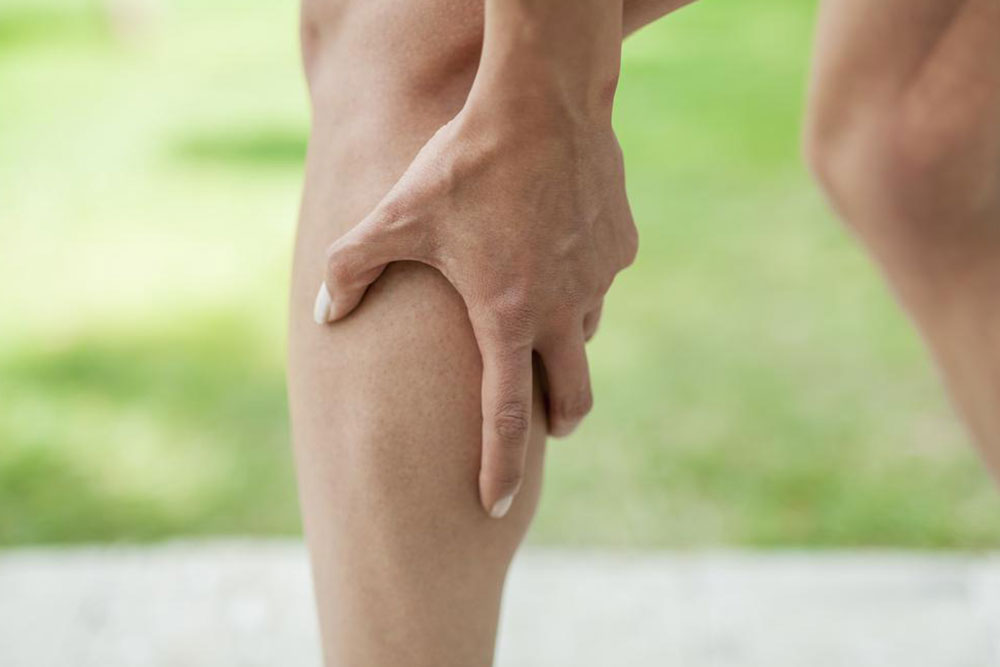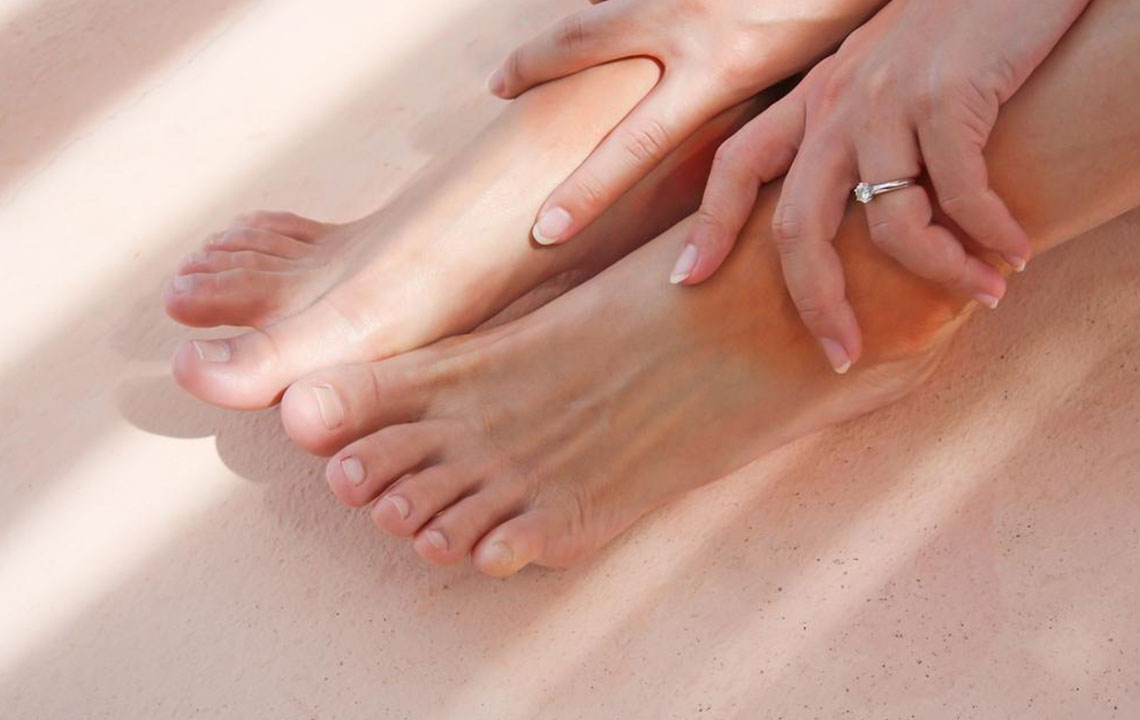Effective Techniques to Alleviate Nighttime Leg Cramps and Prevent Discomfort
Discover effective strategies to relieve and prevent nighttime leg cramps. Learn about causes, triggers, and practical tips like stretching, hydration, and sleep positioning to improve comfort and sleep quality. These methods are suitable for all ages and can reduce the frequency and severity of cramps, promoting healthier sleep patterns.

Effective Techniques to Alleviate Nighttime Leg Cramps and Prevent Discomfort
Nighttime leg cramps are sudden, involuntary muscle contractions that predominantly affect the calf muscles, often disrupting sleep and causing significant discomfort. These cramps are common among many individuals, especially older adults, pregnant women, and even young adults who engage in intense physical activity or have certain health conditions. The spasms typically last from a few seconds to several minutes, and their sudden onset can be quite distressing. Although some individuals find relief quickly, others may endure prolonged pain, which can interfere with daily life and sleep quality. Fortunately, numerous practical strategies and lifestyle adjustments can help manage these cramps effectively, reducing their frequency and severity.
Understanding the underlying causes of leg cramps is crucial for effective prevention and management. Though doctors often find it challenging to pinpoint a single definitive cause, some common factors contribute significantly to their occurrence. Muscle fatigue resulting from vigorous exercise or prolonged standing can make muscles more prone to spasms. Dehydration and electrolyte imbalances—particularly deficiencies in potassium, magnesium, or calcium—are also prevalent triggers. Sleep posture plays a role as well; positions that shorten or put strain on the calf muscles may precipitate cramps during rest. Additional factors include alcohol consumption, pregnancy, certain medications, and underlying health conditions such as thyroid disorders, circulatory issues, or nerve dysfunctions.
Addressing these factors is essential for reducing the incidence of nighttime leg cramps. Preventative measures include maintaining adequate hydration throughout the day, especially before going to bed. Incorporating light stretching exercises into your nightly routine can improve muscle flexibility and reduce spasms. Ensuring proper sleep posture—such as sleeping on your back with legs elevated slightly or using supportive pillows—can prevent undue muscle strain. Detecting patterns through record-keeping can help identify personal triggers and inform adjustments. When cramps do occur, gentle stretching of the affected muscle, applying heat with a warm compress, or massaging the area can alleviate pain. Recognizing these strategies empowers individuals to manage discomfort proactively and enhance their overall sleep quality.





